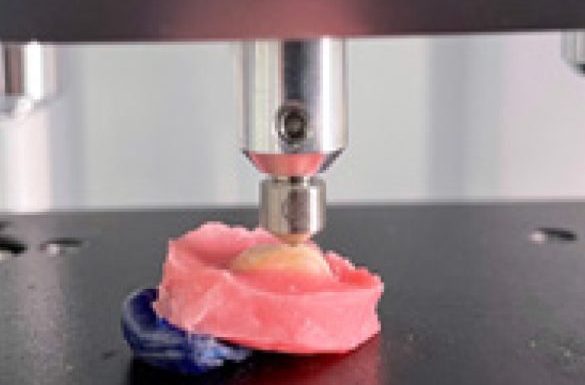
ABSTRACT
Background: Dental caries are highly prevalent and if left untreated, it can lead to harmful consequences. Micro-invasive types of dental caries treatment were adopted to cease the progression of decay. Fissure sealant helps to arrest incipient caries in pits and fissures. However, the major concern with conventional pit and fissure sealants is their technique sensitivity due to moisture contamination. Hence, hydrophilic sealants were introduced to overcome this drawback. The objective of the study is to compare and evaluate the micro hardness of conventional and hydrophilic pit and fissure sealants. Materials and Methods: Thirty sound molar teeth were grouped into 2 groups for which 15 molars were assigned to each group. Group I was allocated for 3M ESPE Clinpro hydrophobic sealants and Group II was Ultra-seal XT Hydro hydrophilic sealant. The prepared specimens were acid-etched with 37% phosphoric acid, followed by rinsing with water and finally air-dried before sealant placement. Each sealant material was then applied and light-cured. Vickers hardness test was used to estimate the microhardness of the sample with 200 gm load for 20 sec. Mann Whitney U test was done to find the difference between the two groups and the Wilcoxon test was used to find the difference within the group. Results: The differences between the mean microhardness value and Immediate, Aging time factor were found to be statistically non-significant. An increase in mean value was observed after ageing in both groups. A statistically significant difference (p<0.05) was observed within each group for the immediate and aging time factor. However, the mean microhardness aging value of Group II (30.04±5.31) was comparatively higher than Group I (28.01±4.02). Conclusion: There were no significant differences in the mean values of Group I and Group II for the immediate and aging time factor, but the aging time factor increased the mean values of both groups, and the difference was found to be statistically significant for both the groups. However, Hydrophilic pit and fissure sealants (Group II) had higher aging microhardness mean values compared to conventional sealants (Group I).
